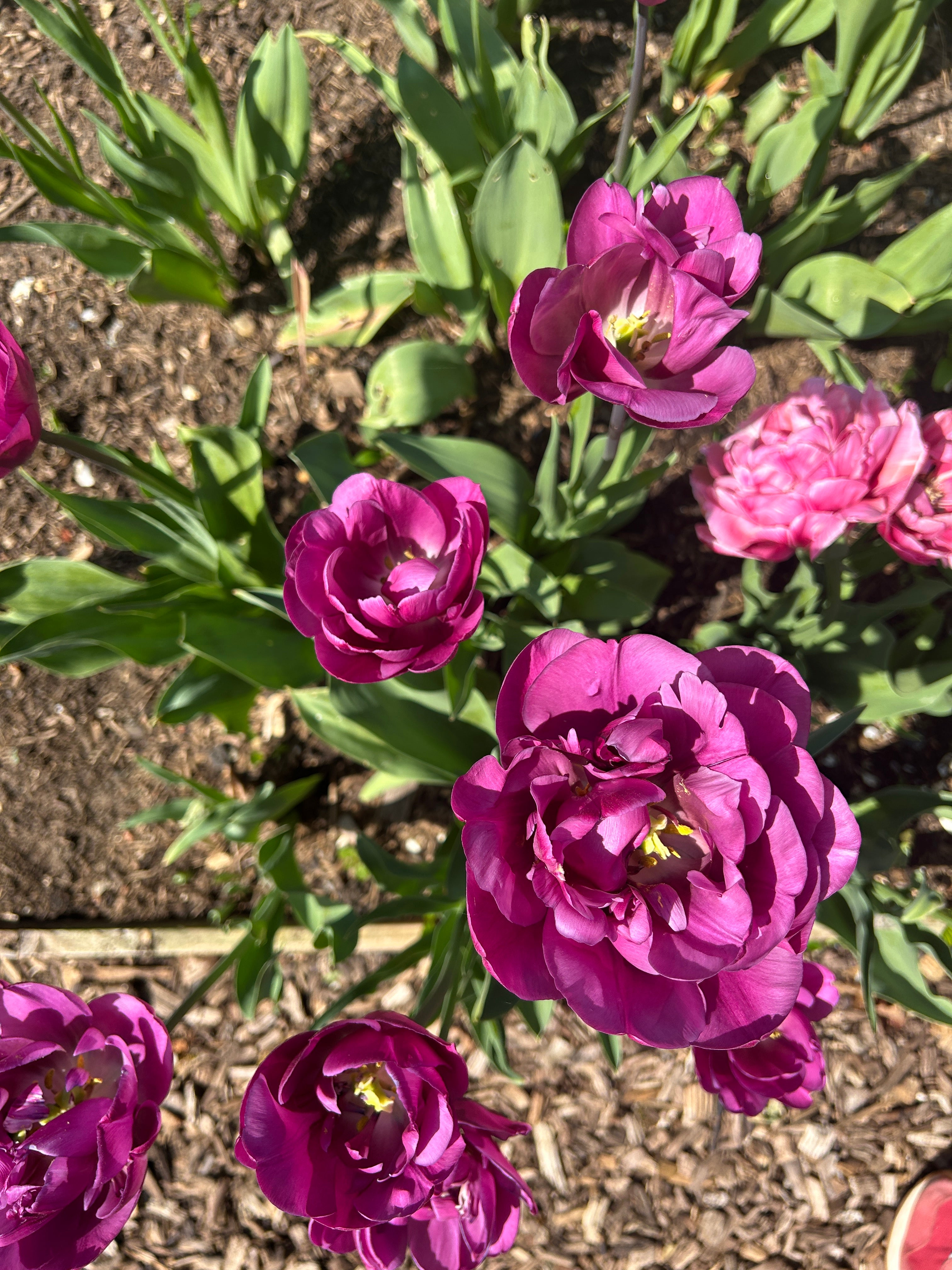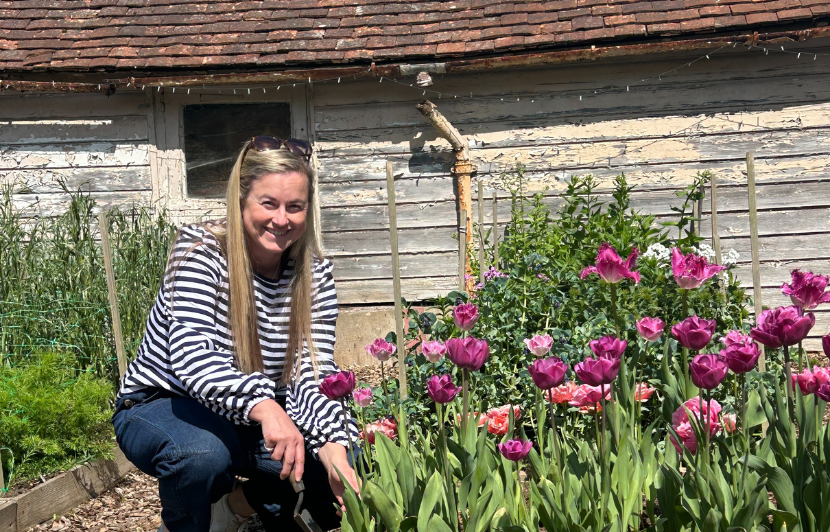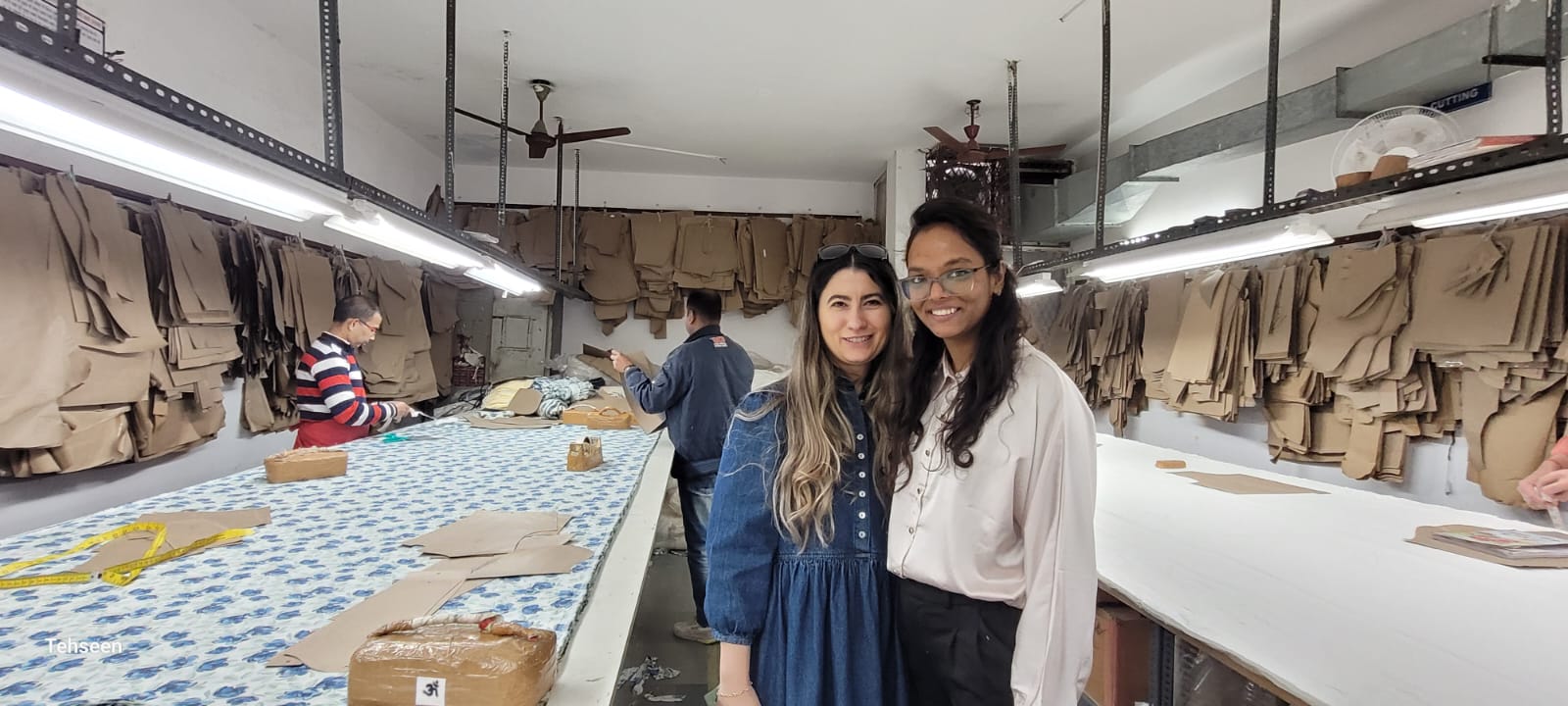WHEN KATE MET
Nicola Bird, founder of The Floral Project
We simply couldn’t have arranged a more perfectly sunny day for our sit down to chat about all things flowers. Aptly named, Rose Farm was the destination of the day, to visit the inspiring Nicola Bird of The Floral Project.
Founded somewhat accidentally right at the onset of COVID, serial entrepreneur and published author Nicola, was running a successful coaching business helping people cope with anxiety and stress. All was ticking along nicely, until…“I woke up one morning with a voice in my head telling me to turn Rose Farm back into a rose farm. I’ve had those voices before and they’ve always led to new adventures. Somewhat reluctantly, I started googling.”

With a feed quickly filling up with all things floral, Nicola’s first stop was David Austen, but any elaborate thoughts of a blossoming rose farm were abruptly dashed given the presence of deer in their semi rural setting. “I turned my attention to floral subscriptions and decided a good place to start was to treat myself to a monthly subscription of fresh flowers. It was research with benefits!” With a birthday coming up it seemed the perfect gift, yet Nicola’s husband, Matt, quickly dissolved that plan too when he questioned the environmental impact of the imported cut flower market. A quick bit of research unearthed some pretty ugly numbers - approximately 90% of flowers sold in the UK are imported and a mixed bouquet of cut flowers from abroad can generate up to ten times the emissions than one grown here in the UK.
At this point however, the itch had grown. “I thought there must be another way and I started looking at British flower farming.” A very well timed workshop (right before lockdown) run by a local flower farm was the turning point and with very little growing experience, within a few weeks Nicola was sowing her first sweetpeas at the kitchen table. “The country was in lockdown and my motivation was to grow flowers for the children’s desks during what I knew was going to be a rather bleak time.”

Shop Nicola's Looks Here
It was clearly a steep learning curve and full of funny mishaps along the way, plus COVID restrictions meant getting hold of some of the essentials wasn’t easy. “It made me very resourceful. I used dry spaghetti as supports for the emerging seedlings, which seemed like a great idea…until they were watered!” It didn’t take long for things to really take off however and with heaving windowsills and a second pop-up greenhouse bursting at the seams, Nicola realised that soon she was going to have more flowers than she knew what to do with. The solution? Give them away.
Age Concern was her first port of call having worked with elderly people in the past. Lockdown meant that pockets of people in society were more affected than others by loneliness and isolation. Fresh flowers send a beautiful message that someone is thinking of you and this felt like the perfect ticket Nic had been looking for. “We set up a tentative agreement that I would give them flowers, although I had no idea how many I’d have to give as I still hadn’t picked my first flower at this point.”
Nicola started sharing her ‘growing and giving’ journey on Instagram. People clearly had time on their hands and an appetite for some respite from the home schooling/ working from home monotony. “I soon had people asking me all sorts of growing questions, but the most frequently asked was how could they start doing the same. Without really thinking, I started offering to send them some seeds.” A phone call to a seed wholesaler, a logo, some seed packets printed using a home printer and the kitchen table transformed into the packing table for the very first shipments. “It was quick - two months after my very first sow, I had now sold my first packets of seeds and I still hadn’t cut my first flower.”
Clearly gardening credibility, or lack thereof, (at least in the early days) wasn’t an issue for the ever growing Floral Project audience. It almost became part of the appeal, a sense that everyone was on this learning journey together. “I never hid the fact that my roots weren’t in gardening.” What is very apparent is that this sense of ‘we’re all in it together’, combined with the giving aspect of Nicola’s flower business, has, 5 years on, created such a wonderful, encouraging and supportive community of growers.”

Today, Nicola’s vision for the business is clear, ‘to help our members sow, grow and give a million posies between us all each year to those communities that need them’. With 1700 monthly subscribers, and new growers joining every day, Nicola has clearly found her calling. “I’ve grown several successful businesses in my life, yet this is the one that really feels like the culmination of all my learnings - my tech background, my coaching and marketing experience, my love of flowers and the desire to give back, all rolled into one.”
On such a beautiful day, it’s fitting to have spent a couple of hours learning about such a beautiful business. Interestingly, the beauty lies in the fact that the flowers aren’t the end result - it’s the journey to get there, the ‘why’ behind choosing to grow, the community you’re a part of and ultimately the joy of giving to others. It’s a win-win for all involved and I am certainly leaving our conversation filled with inspiration to weed my now rebranded veg patch in preparation for my very first cutting garden.

Inspired to join in? We asked Nicola for her 5 top tips for a successful cutting garden.
1. If you could only grow five flowers in your cutting garden, start with Ammi majus, Cornflowers, Snapdragons, Sweet peas and Cosmos. These will give you armfuls of flowers all summer long.
2. The best time to start your cut flower patch is NOW. There are seeds you can sow for your cut flower patch in every month of the year. Sow hardy annuals from August to February, half-hardy annuals from March to May and biennials in June and July. Sow every month and little by little your cutting garden will grow.
3. You don't need a greenhouse. Many of our growers use white plastic crates from any DIY store as substitute greenhouses. Pop the lid on at night, take it off during the day. Move it into a sunny spot on a cloudy day. Move it into a sheltered spot when there's a heatwave!
4. Move your seedlings off your kitchen windowsill and into whatever you're using as a greenhouse as soon as they germinate. One of the biggest mistakes new growers make is leaving your seedlings indoors too long. They can't get enough light and you'll grow pale leggy leaning plants instead of short stocky healthy ones.
5. Know why you're growing. Is it to have a project to do together with your kids? Is it to have some solitude out in the garden away from your kids? Is it to keep you fit? Or help you relax? Our growers grow for all these reasons, but mainly, they are growing to give. Knowing your reason why keeps you going when the weather doesn't do what you want (always!) or the slugs go on a mini-rampage.
Find out more at thefloralproject.co.uk

Subheading
Image with text
Use this text to share information about your brand with your customers. Describe a product, share announcements, or welcome customers to your store.



